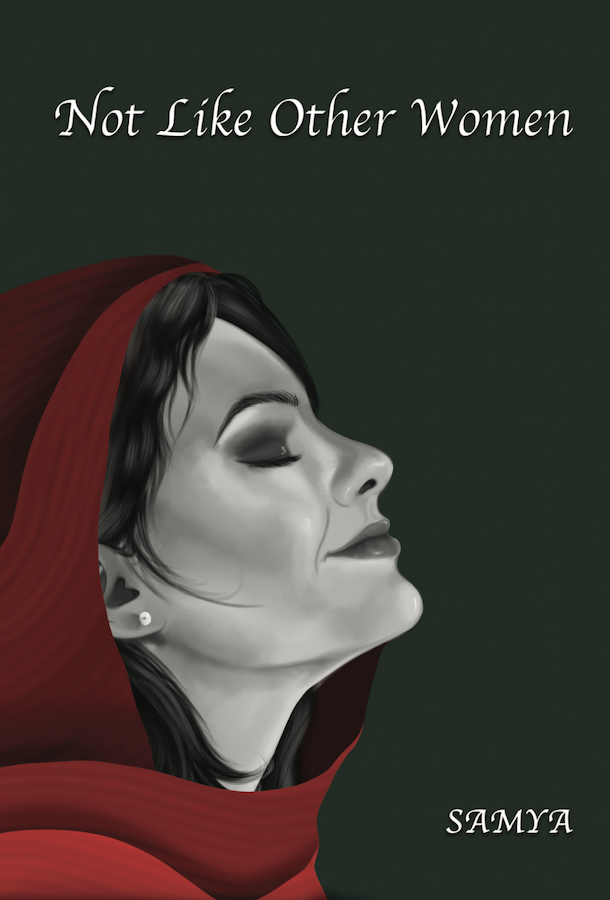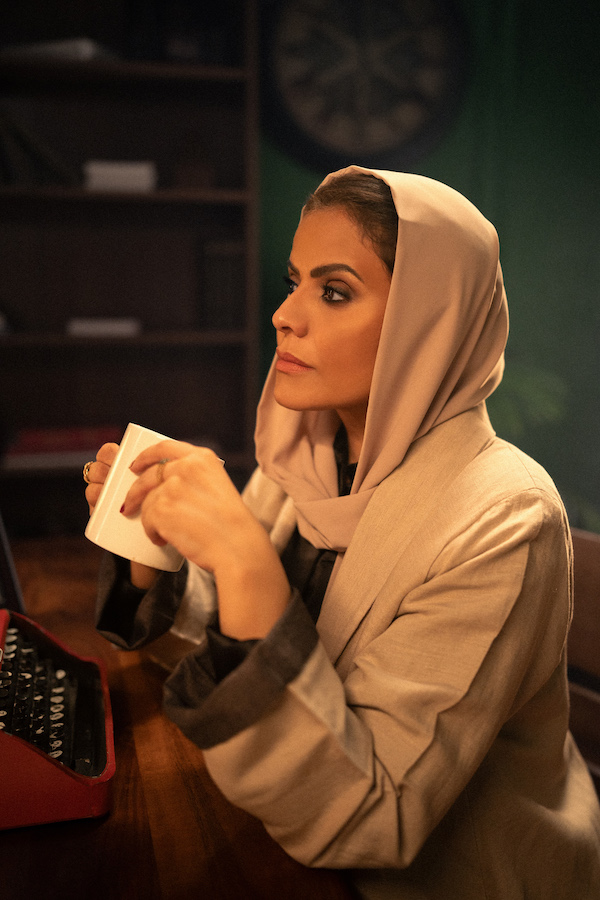DUBAI: Dubai-based Saudi entrepreneur and author Samya Al-Harbi tells the stories of resilient Arab women, including herself, in her new book “Not Like Other Women.”
“The women around me have inspired me. Friends, colleagues, family, women I met in my work, in my troubles. I believe every woman has a story,” Al-Harbi tells Arab News.
“(My book) talks about women who have struggled in life and faced so many difficulties, and they overcome those struggles and difficulties, and they become wiser. These are women who have really challenged themselves to become stronger.”

“Not Like Other Women” is by Samya Al-Harbi. (Supplied)
“Not Like Other Women” features 12 stories of such women interspersed with Al-Harbi’s own experiences of balancing her personal and professional life. One of the most emotional and challenging chapters to write, she says, was “Munifa.”
“The story was very emotional for me because I always thought Munifa was my friend’s mother and never doubted it. But on the night of her funeral, I found out she wasn’t his real mother; she was actually his mother’s neighbor and best friend. What touched me the most was the strong friendship between the two women and the loyalty they showed to each other. It’s a bond that truly moved me.”
When asked if there was any pushback when it came to telling these personal stories, Al-Harbi is quick to point out that, in fact, the opposite happened.
“There are women who want to tell the world their story. Society doesn’t accept discussion of sensitive issues when it comes to women and their feelings, especially in the Arab world,” she says. “So, they always need women who have the ability to take their stories to an audience and tell them that there are women who face these problems, but fight to overcome them.

Samya Al-Harbi. (Supplied)
“As a woman, as a mother — as a grandmother now — I believe that, with the position I have now, it's my responsibility to talk about these issues.”
While putting the stories together for “Not Like Other Women,” Al-Harbi noticed a common thread. “I have traveled a lot, and I have seen so many women in different cultures and countries,” she says. “I noticed that we share most of these issues. If I'm talking about a lady in China, she has the same problems as a lady in Africa. We have certain problems in common, whether it is finance, respect, passion… These problems remain the same no matter where we are from.”
As an example, Al-Harbi pointed out Indian-American author Chitra Banerjee Divakaruni’s “The Palace of Illusions,” a retelling of the Indian epic “Mahabharat,” from the point of view of Panchaali, the wife of the legendary Pandava brothers.
“The message I got from her book is that women are facing the same problems they did 3,000 years ago. Still. We are being treated the same way. So, will that change? I don't think so. Yes, it's not like before, and yes, it will take time. But still there are women afraid to come out and express their feelings or talk about their issues. In fact, when I gave these stories to the publisher, there were three that they deleted. They said, ‘No, you cannot publish these stories because they’re very sensitive, and society will not accept this kind of story yet.’”
The Makkah-born businesswoman, who also acts as a mentor to up-and-coming entrepreneurs, said she has one piece of advice for all the young women she speaks to, including her daughters.
“They have to keep on dreaming, but, at the same time, they have to work on their dreams,” she says. “They should not listen to anyone if they believe that what they are doing is right for them and for other people — without crossing the line, especially here in the Arab world.”




















